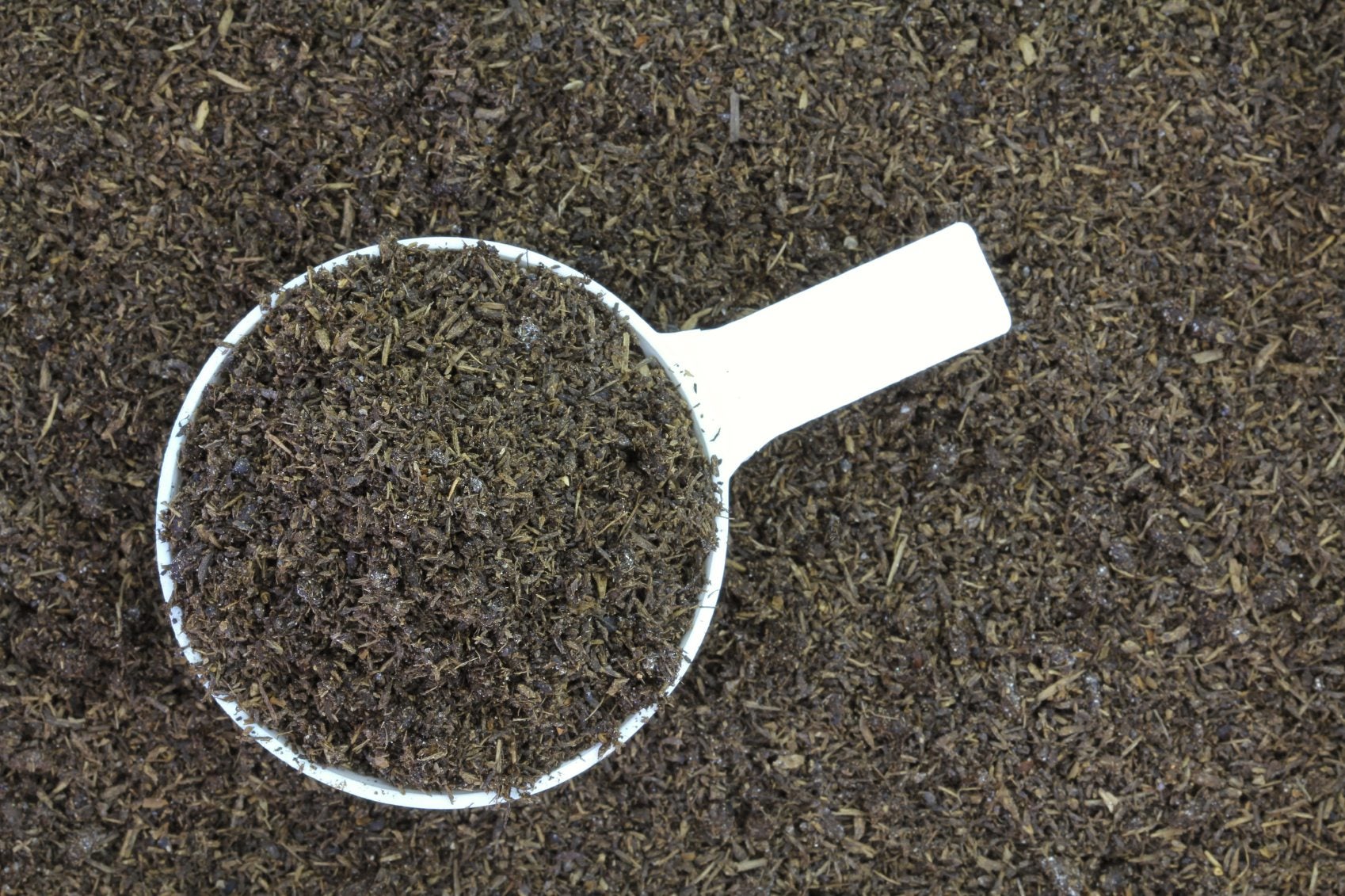Worm Casting Tea Recipe: Learn How To Make A Worm Casting Tea


Vermicomposting is the creation of nutritious compost using worms. It’s easy (the worms do most of the work) and extremely good for your plants. The resulting compost is often called worm castings and it’s what the worms have cast off as they eat the scraps you feed them. It is, essentially, worm poop, but it’s loaded with nutrients your plants need. Worm casting tea is what you get when you steep some of your castings in water, just like you would steep tea leaves. The result is a very useful all-natural liquid fertilizer that can be diluted and used to water plants. Keep reading to learn more about how to make worm casting tea.
How to Make Worm Casting Tea
There are a few ways to make worm-casting tea for plants. The most basic is very easy and works well. Simply scoop a few handfuls of worm casting from your bin (make sure not to bring any worms along). Place the casting in a five-gallon (19 L.) bucket and fill it with water. Let it soak overnight-- by morning the liquid should have a weak brown color. Applying a worm casting tea is easy. Dilute it in a 1:3 tea to water ratio and water your plants with it. Use it right away, though, as it will go bad if left longer than 48 hours. To make steeping a little neater, you can make a tea bag for your casting using an old tee shirt or stocking.
Using Worm Casting Tea Recipe
You can also follow a worm casting tea recipe that’s a little more complicated but more beneficial. If you add 2 tablespoons (30 ml.) of sugar (unsulfured molasses or corn syrup works as well), you’ll provide a food source for and encourage the growth of beneficial microorganisms. If you submerge a fish tank bubbler in the tea and let it brew for 24 to 72 hours, you can aerate it and greatly increase the number of microorganisms. When using worm casting tea, be on the lookout for bad smells. If the tea ever smells putrid, you may accidentally have encouraged bad, anaerobic microbes. If it smells bad, stay on the safe side and don’t use it.
Sign up for the Gardening Know How newsletter today and receive a free copy of our e-book "How to Grow Delicious Tomatoes".

The only child of a horticulturist and an English teacher, Liz Baessler was destined to become a gardening editor. She has been with Gardening Know how since 2015, and a Senior Editor since 2020. She holds a BA in English from Brandeis University and an MA in English from the University of Geneva, Switzerland. After years of gardening in containers and community garden plots, she finally has a backyard of her own, which she is systematically filling with vegetables and flowers.